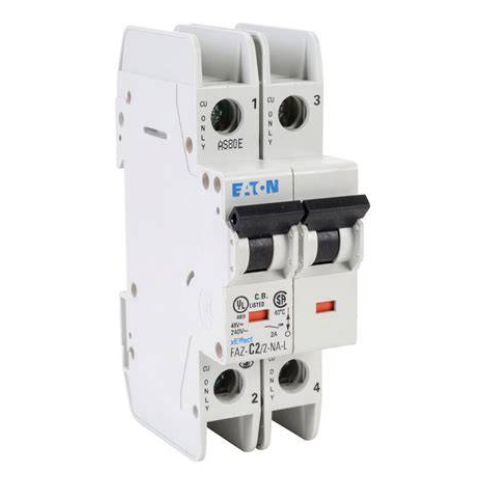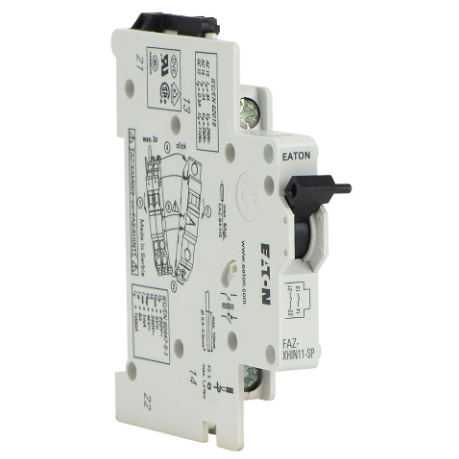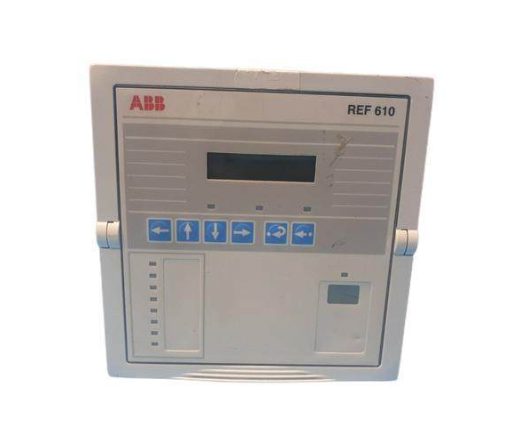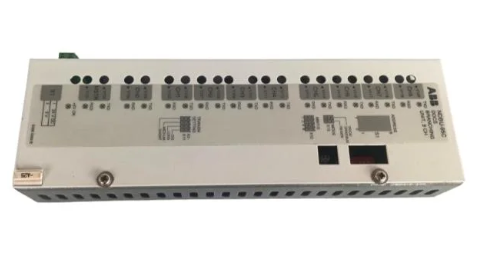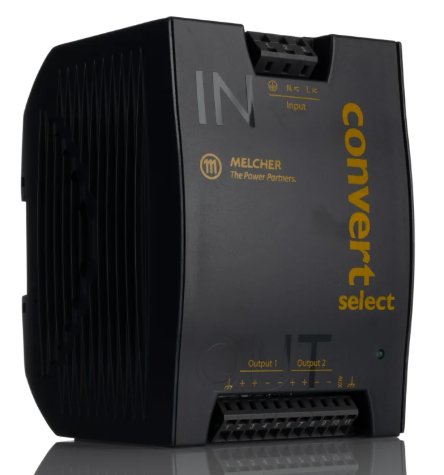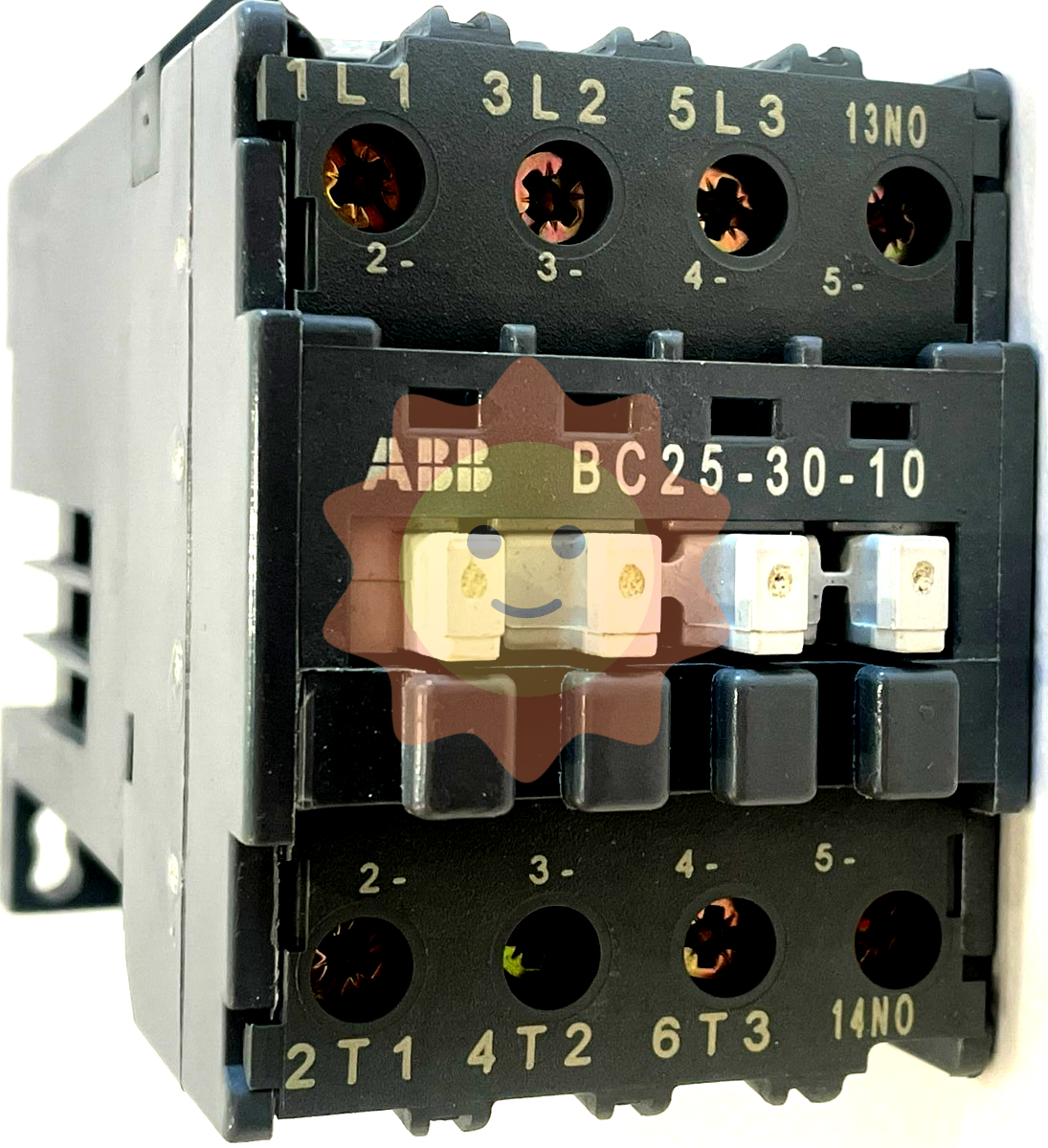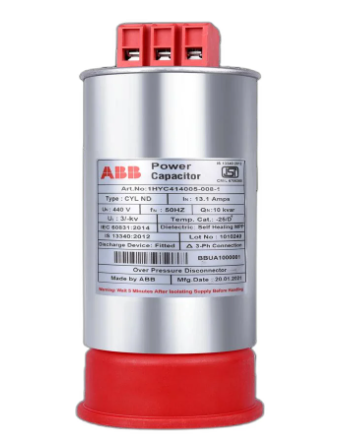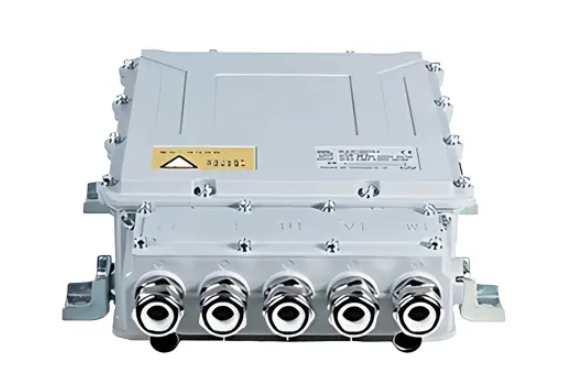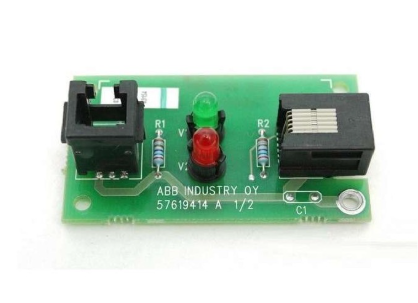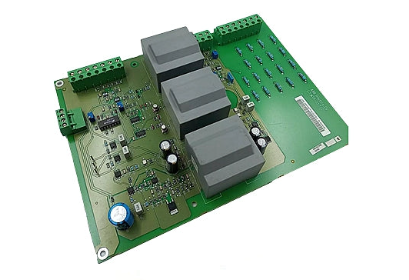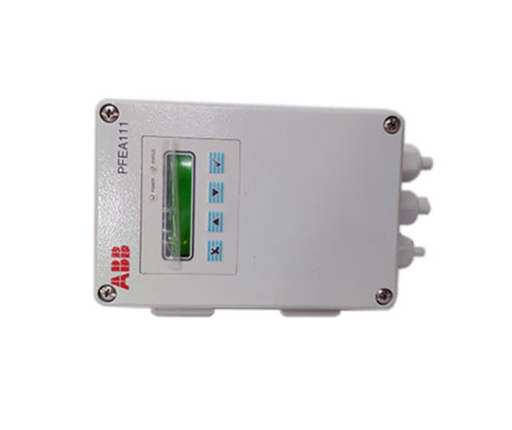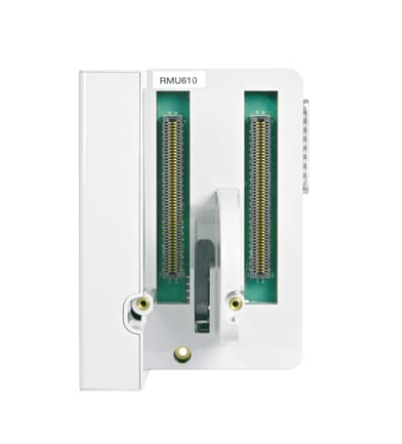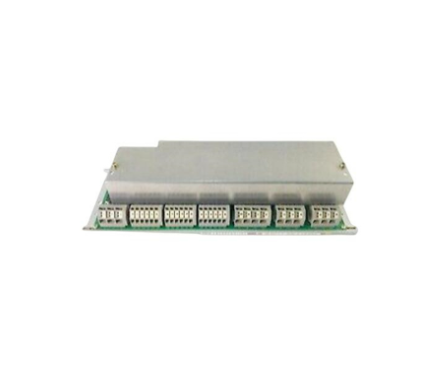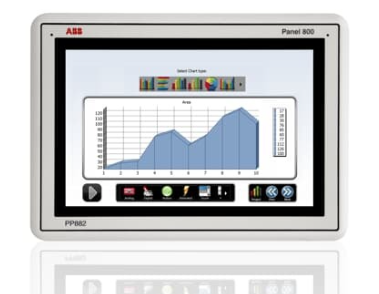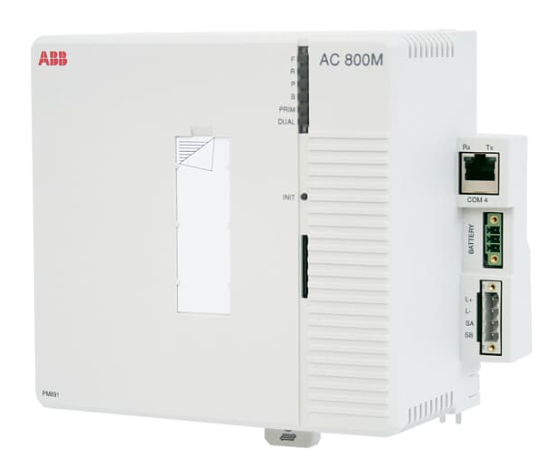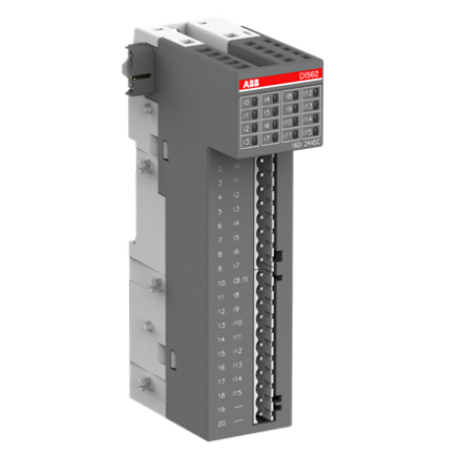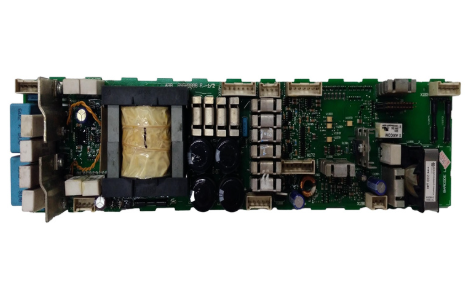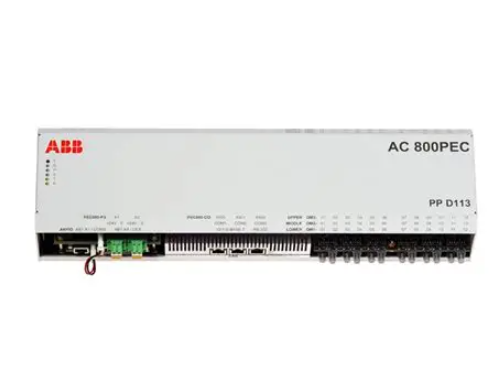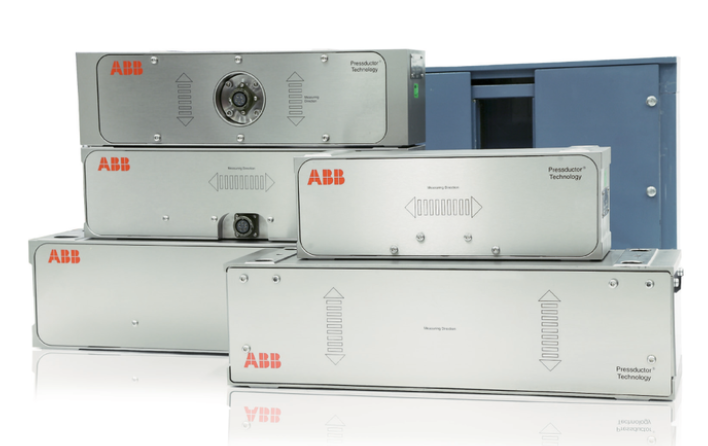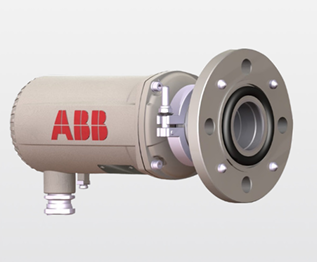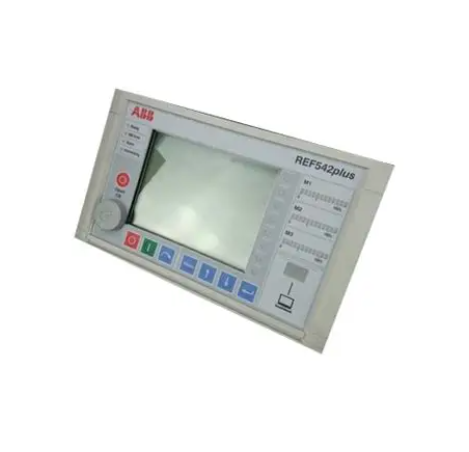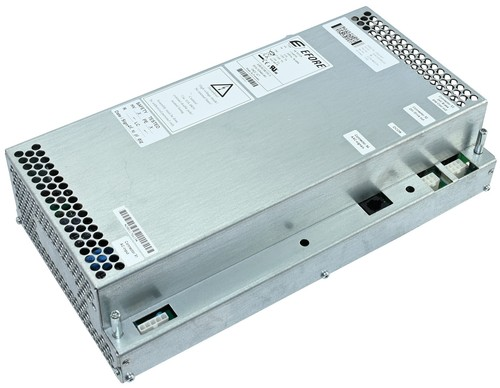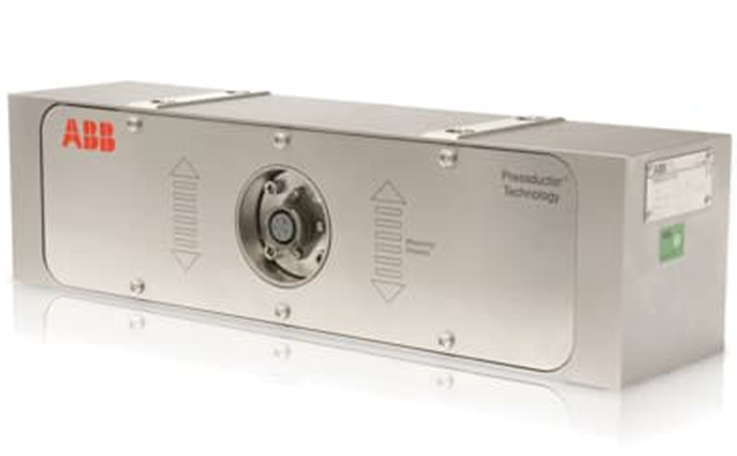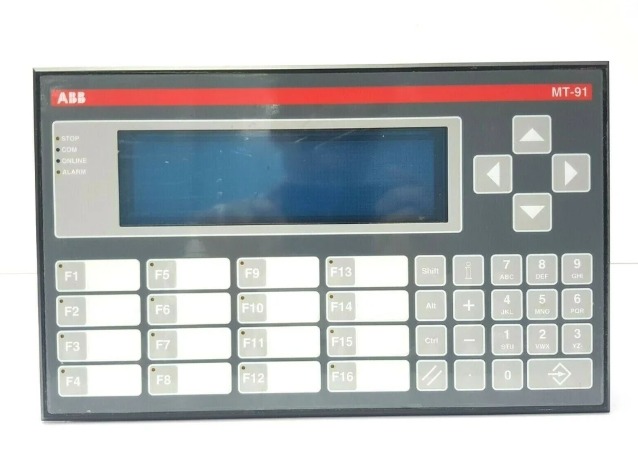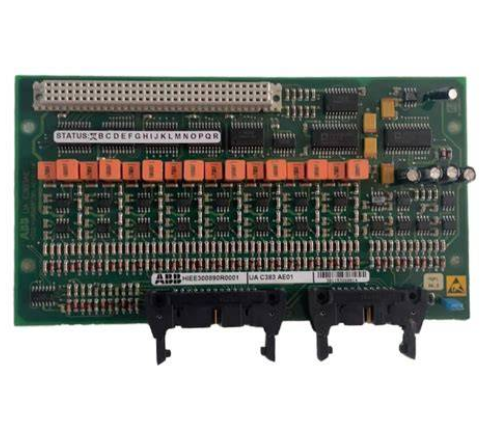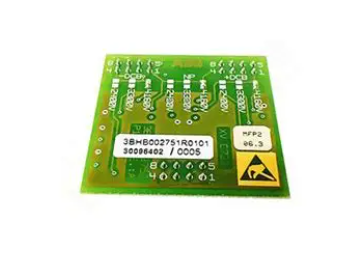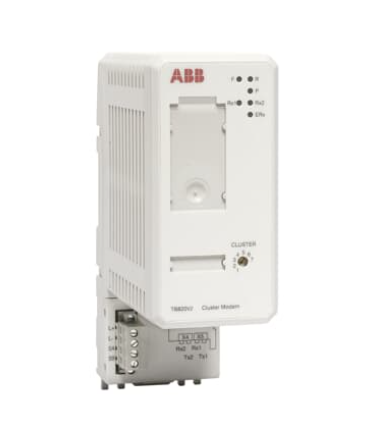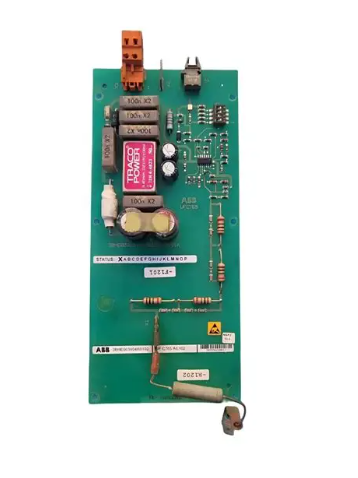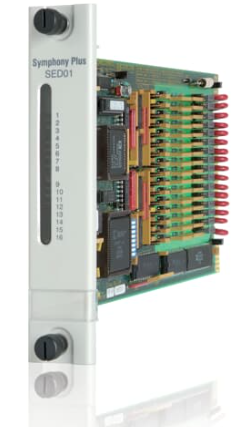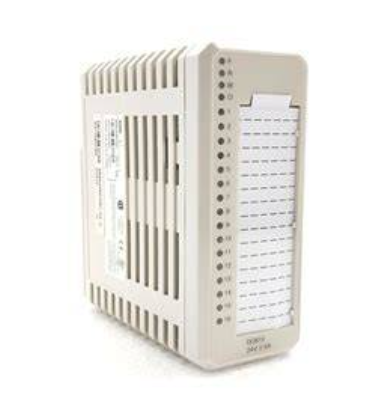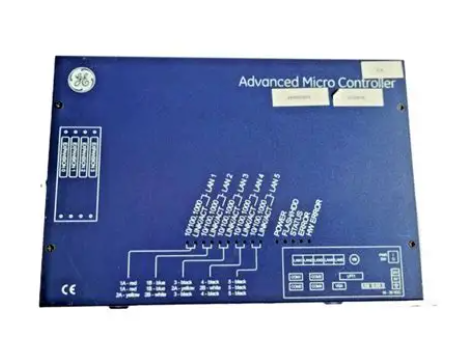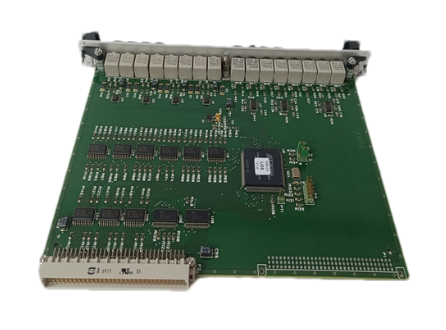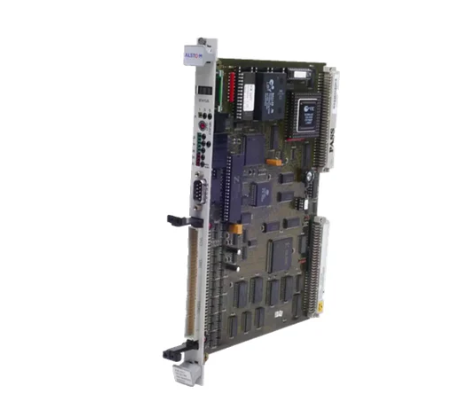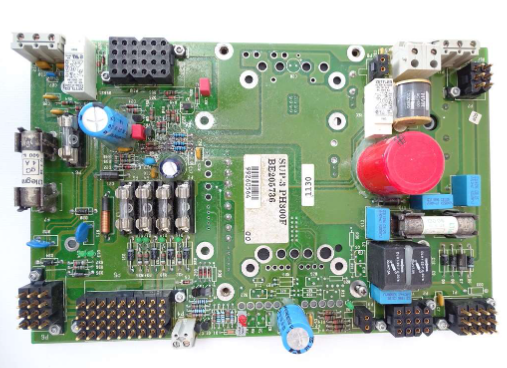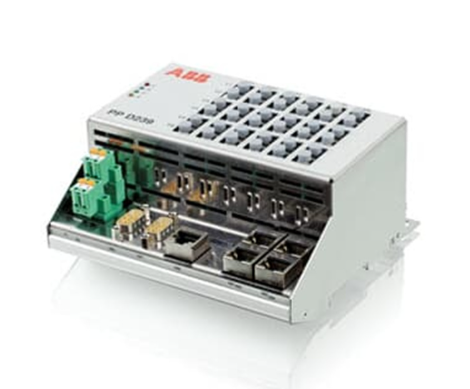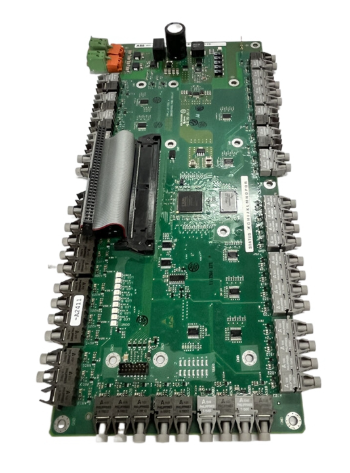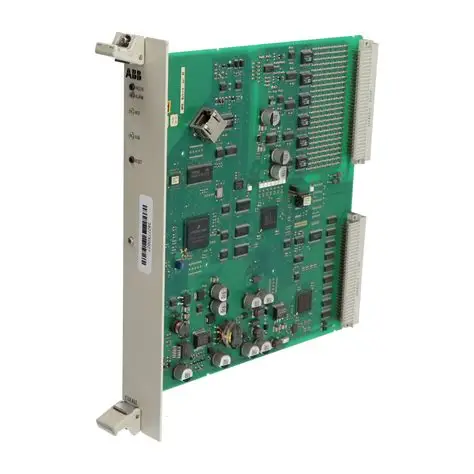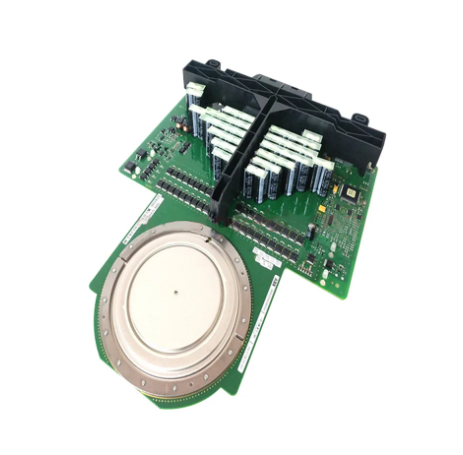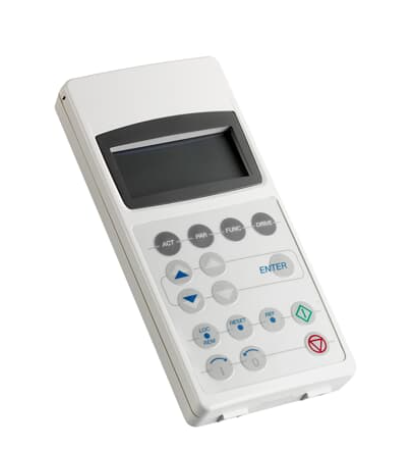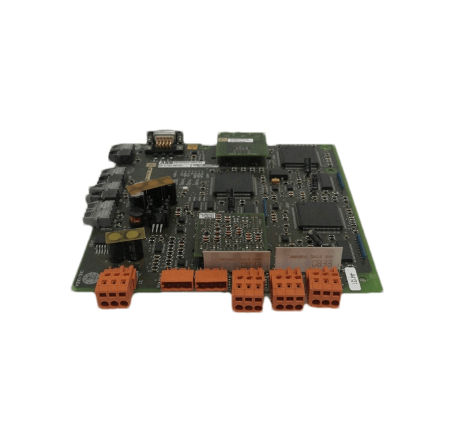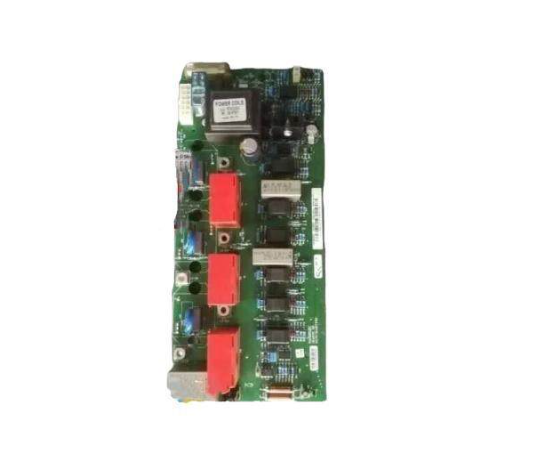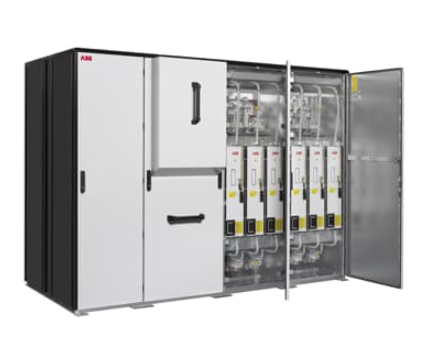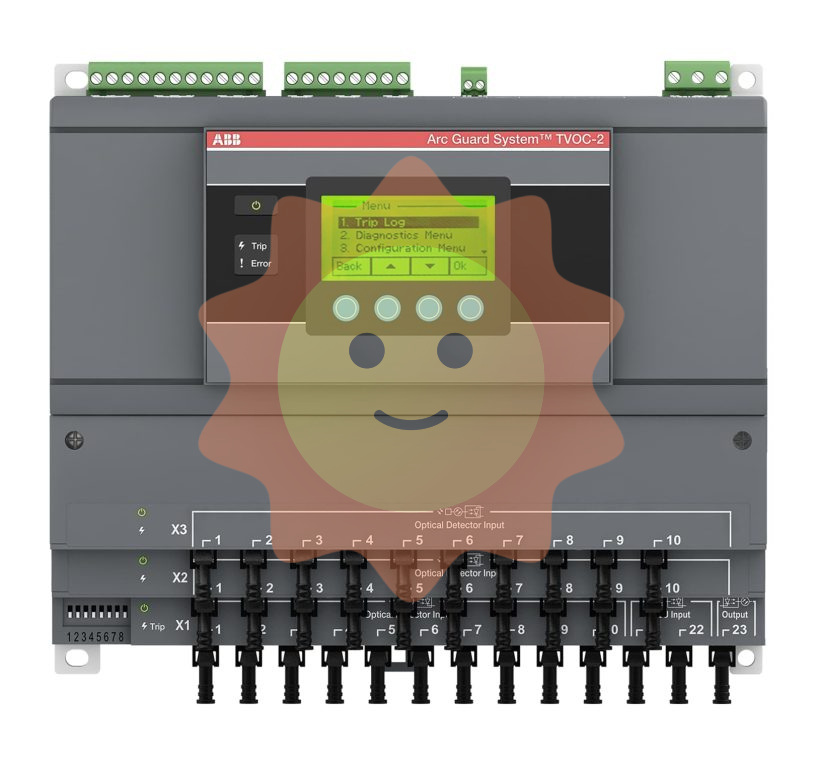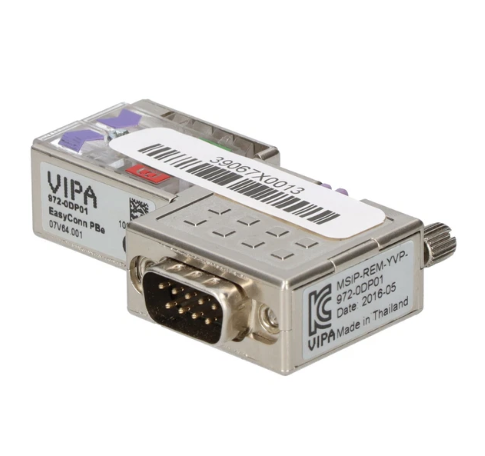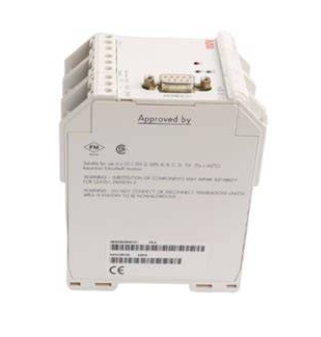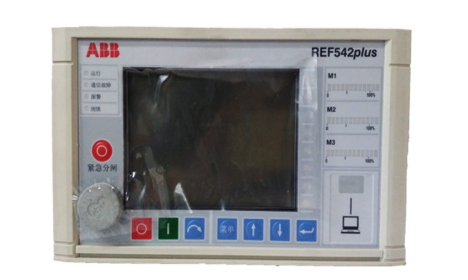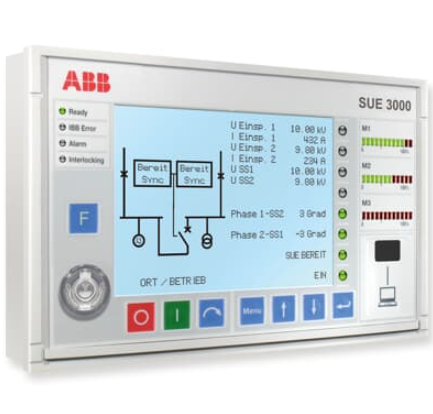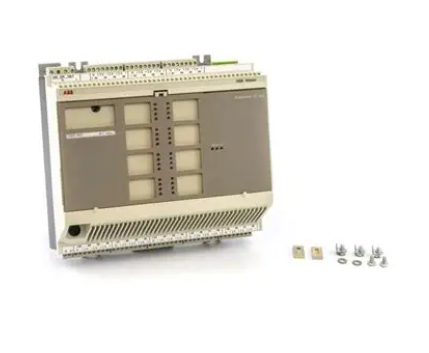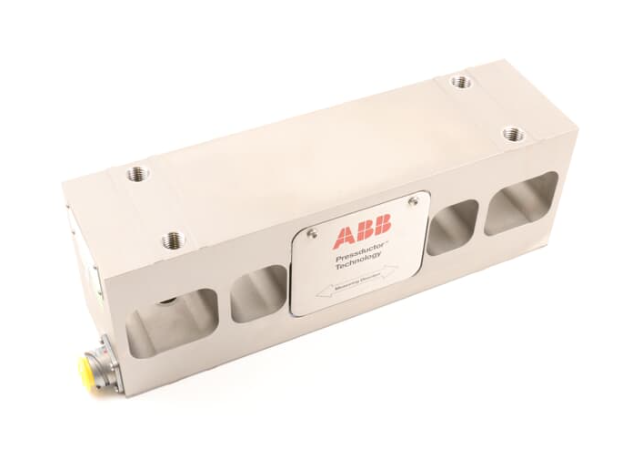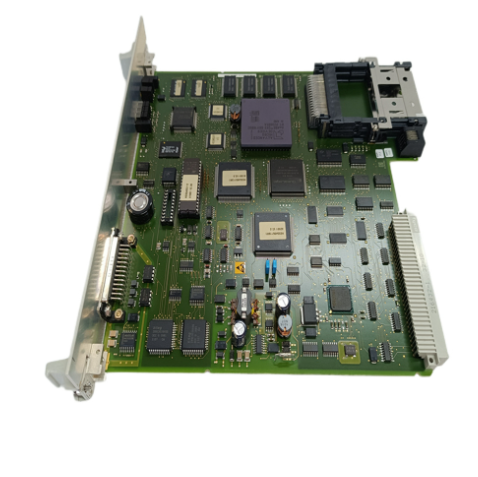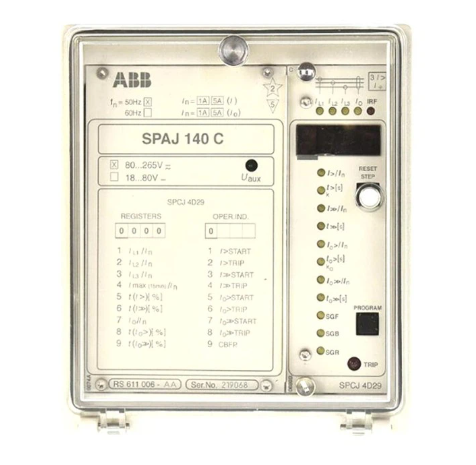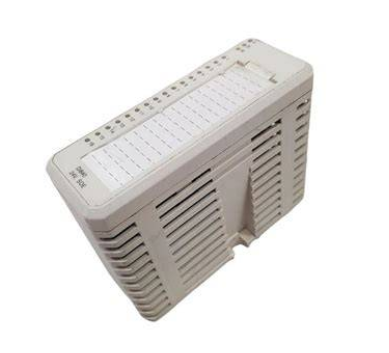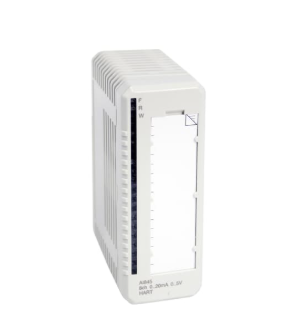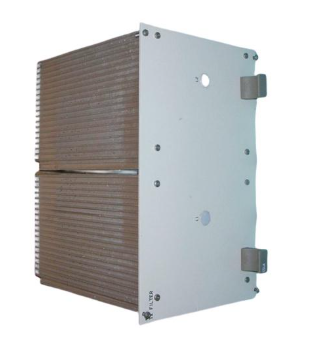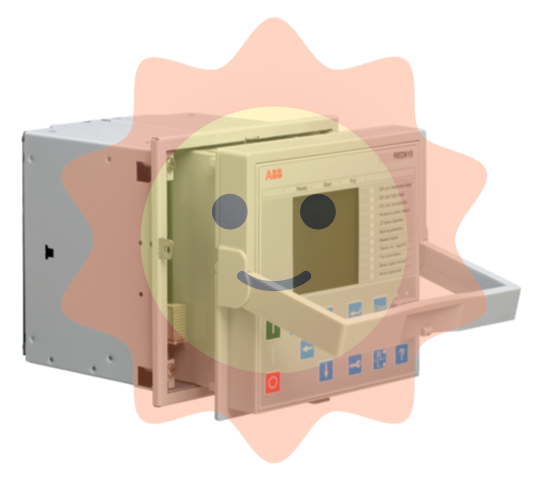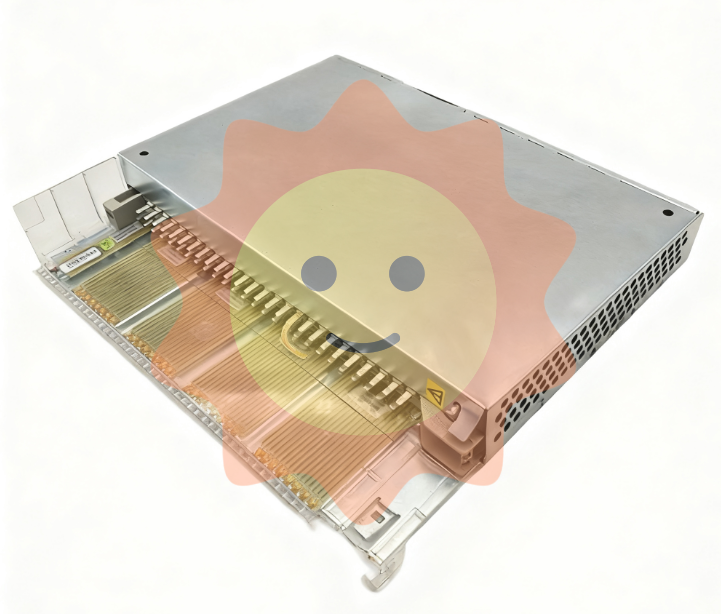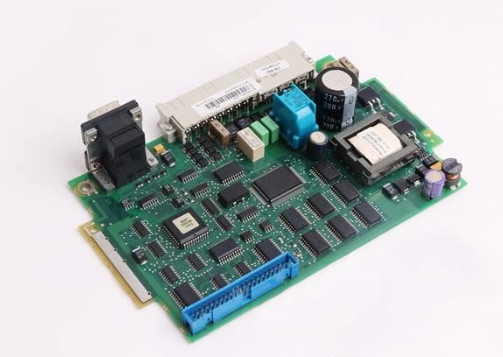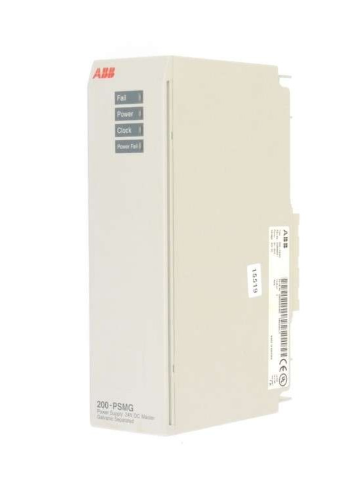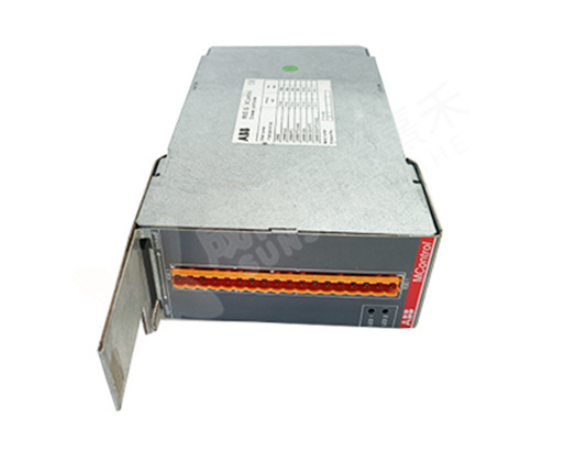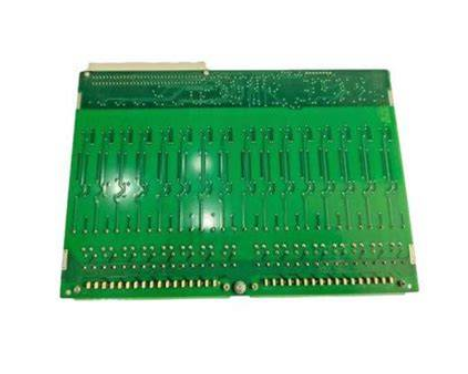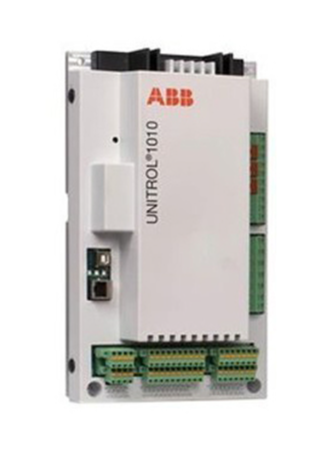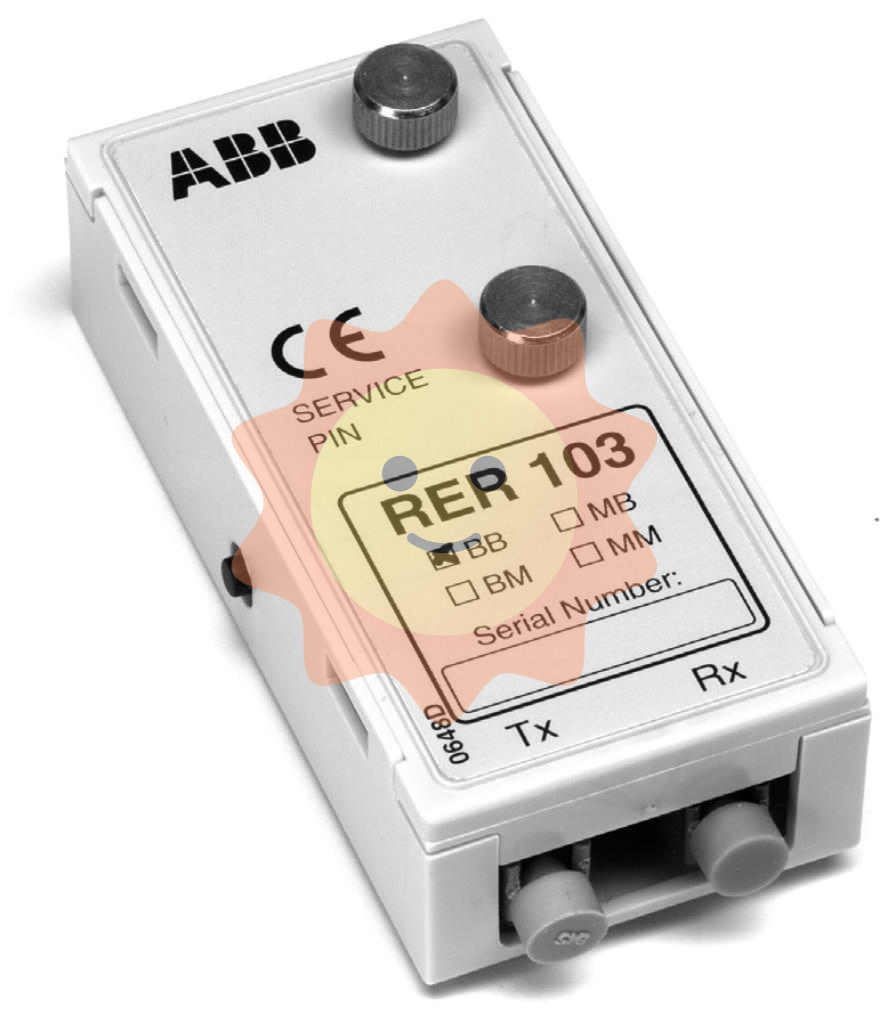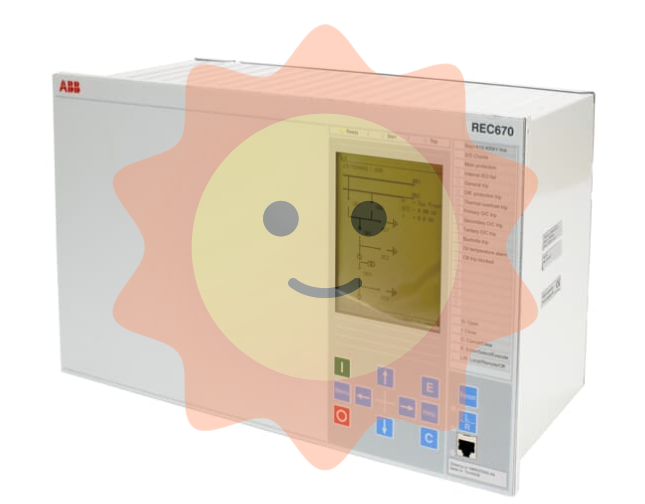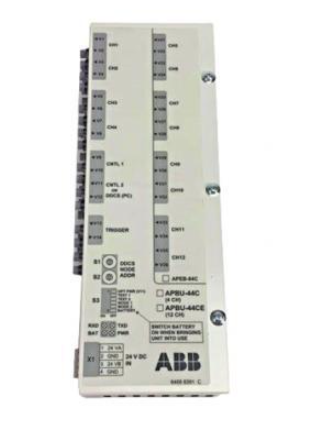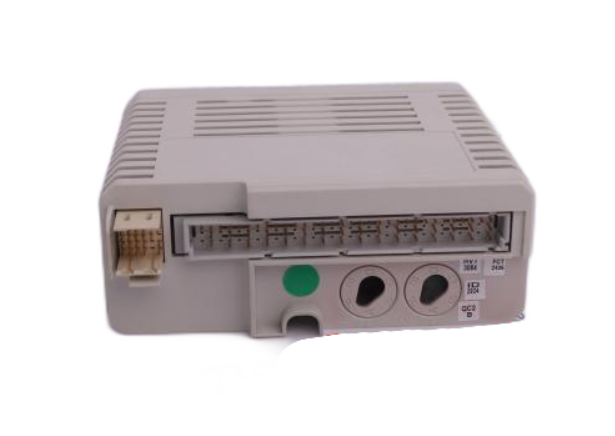ABB DLM01 EXCITATION REDUNDANCY CONTROL SYSTEM
ABB DLM01 EXCITATION REDUNDANCY CONTROL SYSTEM
Product Overview
ABB DLM01 EXCITATION REDUNDANCY CONTROL SYSTEM, i.e. ABB DLM01 Excitation Redundant Control System, is a key device designed specifically to safeguard the stable operation of power systems. The system adopts advanced redundancy design concept, through double or multiple sets of excitation control units work together, when one set of system fails, the other system can quickly and seamlessly switch to ensure the stable output of excitation current, so as to maintain the normal operation of the generator. The hardware part adopts highly reliable industrial-grade components with good anti-interference ability, while the software system is carefully programmed and optimised with powerful data processing and logic judgement ability, capable of accurately controlling the excitation process.
Specification
Input voltage: AC 85 - 264V wide voltage range, can adapt to the power supply requirements of different power systems, even in the voltage fluctuation environment, can ensure the normal operation of the system, and effectively reduce the risk of system failure caused by unstable voltage.
Output excitation current range: it can provide 0 - 100A excitation current, which can meet the excitation demand of generators from low power to medium-high power level, whether it is a small industrial generator or a large power station generator, the system can achieve accurate excitation current regulation.
Switching time: The switching time of the main and standby systems is less than 50 milliseconds, which hardly affects the operation of the generators and ensures the continuity of power supply, and also reliably guarantees the uninterrupted power supply in the scenarios where the stability of the power system is highly demanded.
Communication interface: Equipped with Ethernet interface (supports Modbus TCP protocol), RS485 interface (supports Modbus RTU protocol) and other standard communication interfaces, which is convenient for data interaction and remote control with other devices and monitoring systems, and easy to be integrated into complex power monitoring networks.
Working temperature: -20℃ - 60℃, can operate stably in a wide range of temperature environments, whether it is a power generation facility in cold areas, or a self-powered plant in a high-temperature workshop, can be used normally.
Storage temperature: -40℃ - 85℃, to ensure that the system is not put into use, the key components are not affected by extreme temperatures, to extend the overall service life of the equipment.
Protection level: IP20, can prevent solid foreign objects with a diameter greater than 12.5mm from entering, and at the same time has a certain degree of dust-proof ability, to meet most of the conventional indoor power equipment installation environment protection requirements.
Functional use
Excitation control: accurately regulating the excitation current of the generator, automatically adjusting the excitation strength according to the generator's load changes, grid voltage fluctuations, etc., maintaining the stability of the generator terminal voltage and ensuring that the quality of the generator's power output meets the standards.
Redundancy protection: The redundancy function of the core is the biggest highlight of the system. Two or more sets of excitation control units monitor each other's working status in real time. Once the main system fails, such as hardware damage, software abnormality, etc., the standby system can take over the control task in a very short time, avoiding generator shutdown due to excitation system failure, and guaranteeing the stable operation of the power system.
Fault monitoring and diagnosis: The built-in perfect fault monitoring module can real-time monitor the operation status of various internal components of the system, including power modules, control circuits, signal transmission lines, etc. Once a fault is detected, the system immediately sends out a message. Once a fault is detected, the system immediately sends out an alarm signal and uploads the fault information to the monitoring centre through the communication interface, and records the detailed fault data at the same time, which facilitates the operation and maintenance personnel to quickly locate and eliminate the fault.
System Communication and Integration: Through the communication interface, the system interacts with the monitoring system of the power plant and the grid dispatching system, uploads the operating parameters and status information of the excitation system to the higher-level system, and receives the control instructions from the higher-level system, so as to realise the synergistic operation with the whole power system and meet the operation requirements of the smart grid.
Performance Advantages
1. High reliability: redundant design and high-quality hardware selection greatly reduce the overall probability of system failure. It can run stably even under harsh working environment, such as high temperature, high humidity, strong electromagnetic interference, etc., which effectively improves the reliability of generator operation and the stability of the power system.
- EMERSON
- Honeywell
- CTI
- Rolls-Royce
- General Electric
- Woodward
- Yaskawa
- xYCOM
- Motorola
- Siemens
- Rockwell
- ABB
- B&R
- HIMA
- Construction site
- electricity
- Automobile market
- PLC
- DCS
- Motor drivers
- VSD
- Implications
- cement
- CO2
- CEM
- methane
- Artificial intelligence
- Titanic
- Solar energy
- Hydrogen fuel cell
- Hydrogen and fuel cells
- Hydrogen and oxygen fuel cells
- tyre
- Chemical fiber
- dynamo
- corpuscle
- Pulp and paper
- printing
- fossil
- FANUC
- Food and beverage
- Life science
- Sewage treatment
- Personal care
- electricity
- boats
- infrastructure
- Automobile industry
- metallurgy
- Nuclear power generation
- Geothermal power generation
- Water and wastewater
- Infrastructure construction
- Mine hazard
- steel
- papermaking
- Natural gas industry
- Infrastructure construction
- Power and energy
- Rubber and plastic
- Renewable energy
- pharmacy
- mining
- Plastic industry
- Schneider
- Kongsberg
- NI
- Wind energy
- International petroleum
- International new energy network
- gas
- WATLOW
- ProSoft
- SEW
- wind
- ADVANCED
- Reliance
- YOKOGAWA
- TRICONEX
- FOXBORO
- METSO
- MAN
- Advantest
- ADVANCED
- ALSTOM
- Control Wave
- AB
- AMAT
- STUDER
- KONGSBERG
- MOTOROLA
- DANAHER MOTION
- Bently
- Galil
- EATON
- MOLEX
- Triconex
- DEIF
- B&W
- ZYGO
- Aerotech
- DANFOSS
- KOLLMORGEN
- Beijer
- Endress+Hauser
- MOOG
- KB
- Moxa
- Rexroth
- YAMAHA


Email:wang@kongjiangauto.com

